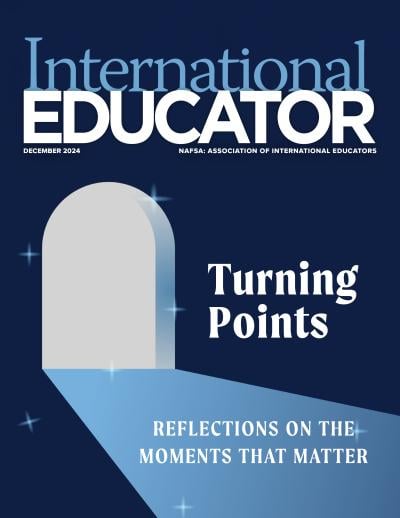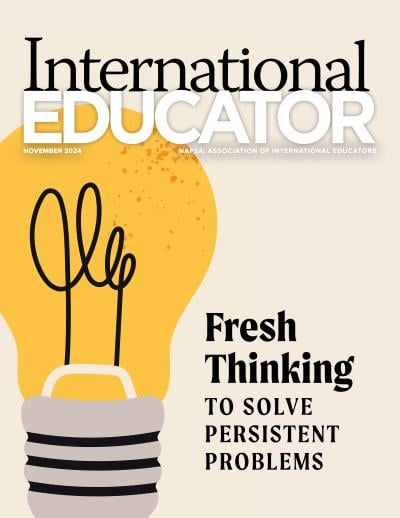New Zealand: Small Country, Big Destination
New Zealand may have a tiny population of only 4.3 million, but it has established itself on the map of popular regions for international students to pursue their degrees. The government of New Zealand is behind the push to internationalize—it established Education New Zealand in 2011, a governmental agency charged with working with the education industry to promote the quality of the New Zealand education system and New Zealand’s expertise in providing education and training products offshore. Education New Zealand, in collaboration with its industry partners, is tasked with growing the economic value of New Zealand’s international education industry to achieve the government’s target of doubling its current value of $2.5 billion (in New Zealand currency) by 2025. In addition, other government goals for international education to be met by 2025 include doubling the number of international postgraduate students to 20,000, increasing the transition rate from study to residence for international graduates, increasing the number of offshore international students from 3,000 to 10,000, and increase New Zealanders’ skills and knowledge to operate effectively across cultures.
The international student population in New Zealand has increased dramatically in the last 15 years. The number of international students studying in New Zealand grew rapidly from 8,210 international tertiary students in 2000 to 40,854 in 2011, according to UNESCO data. It subsequently ran into strong headwinds of a toughening market for international students at different educational levels before rebounding strongly from 2013 to 2014.
International enrollments declined from 2011 to 2013, with a varied











